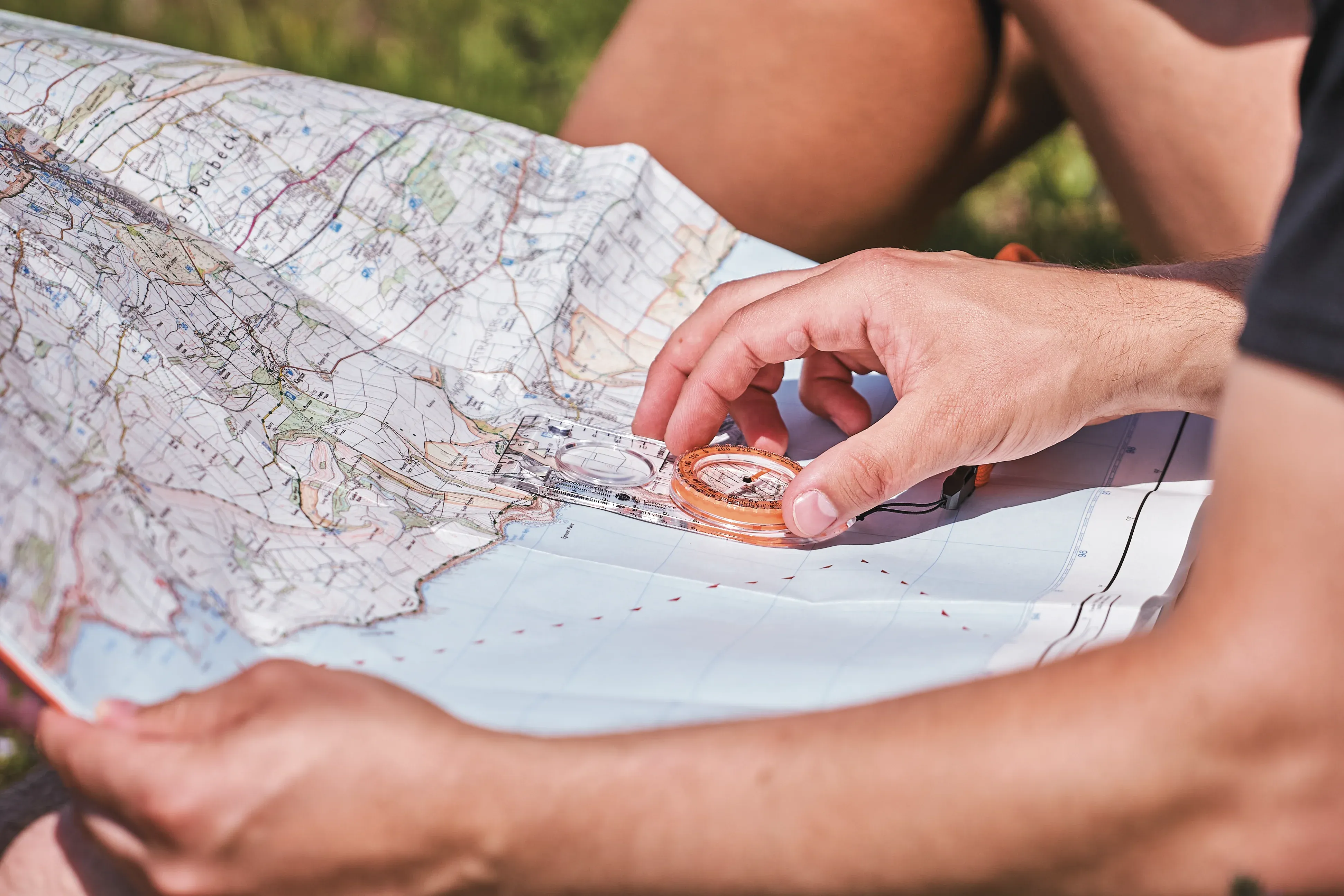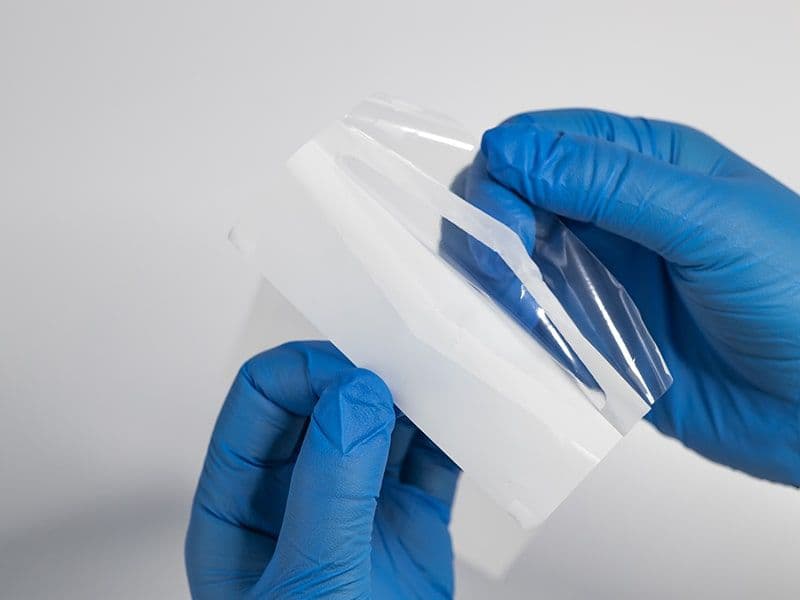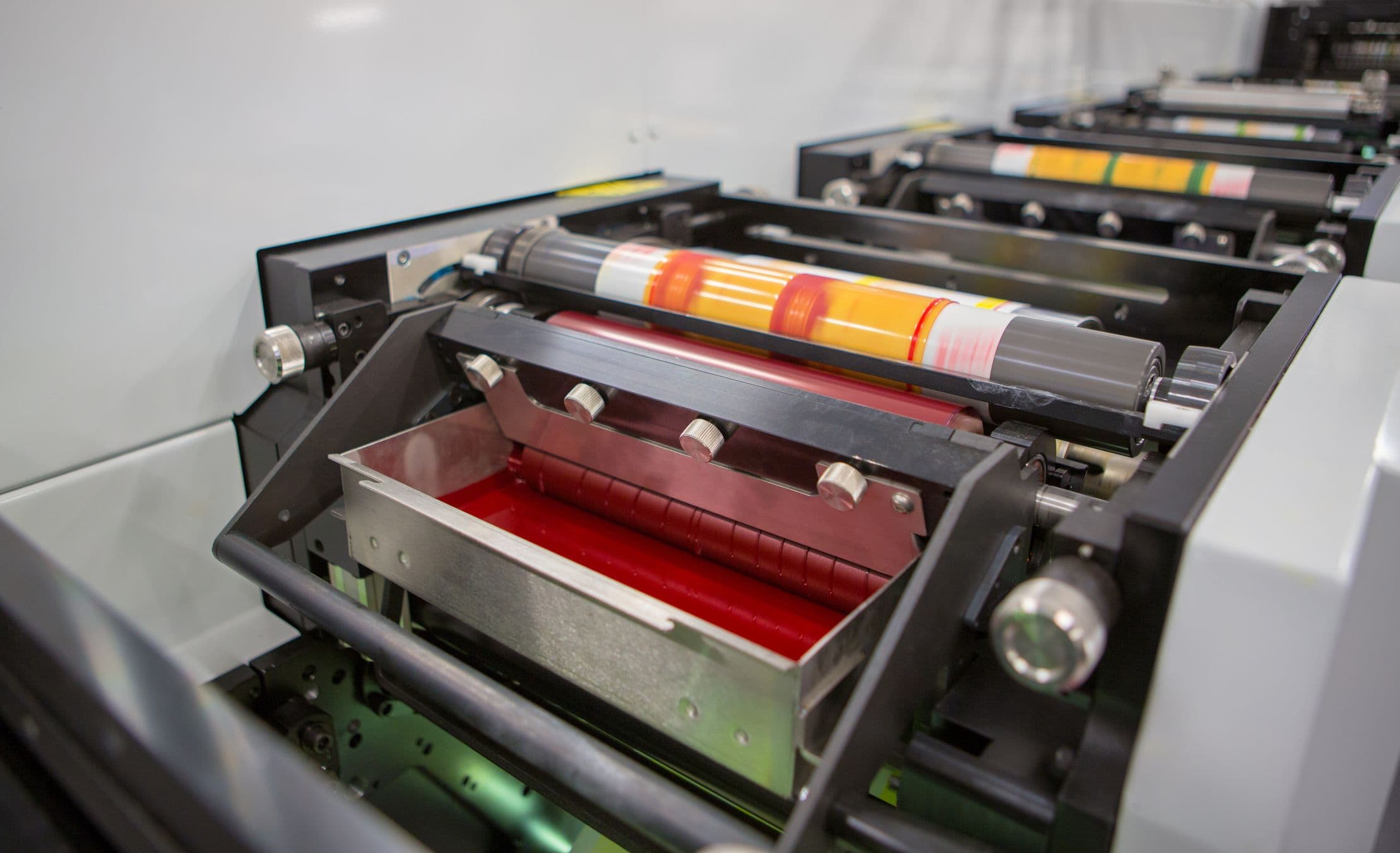There’s a good chance you’re surrounded by Tyvek and don’t even know it. This plastic material was originally discovered by a DuPont researcher in 1955 when he noticed a polyethylene fluff coming out of a pipe as a byproduct of another process. It would be 12 more years before the stuff was commercialized. By the turn of the century there were literally dozens of uses for it, from wrapping unfinished houses to medical packaging and even to printing maps. In fact, Tyvek printing has helped make maps lighter, stronger, and more colorful than ever before.
Tyvek and the Great Outdoors#
While Tyvek makes an excellent classroom map, better than its laminated counterpart, its uses are not confined to traditional educational settings. The great outdoors provides opportunities for this plastic to really step up with the kind resistance to the elements that previously did not exist. Consider all the ways a printable, tear-resistant, waterproof material comes in handy: fishing and boating guides, nautical charts, trail guides, highway signage. But keep in mind that laser printing might not be the best option for this kind of material.
Unlike generations of paper-based materials that had come before, Tyvek stands up to bending, folding, marking on with colored pencils, and generally rough handling better than anything else.
The Science Behind Tyvek Maps#
Every Tyvek map starts with a high-density polyethylene fiber that incorporates a unique flash-spinning process resulting in a nonwoven fiber material that is rendered in long, thin sheets of opaque material that, believe it or not, combines the best qualities of paper, fabric, and film. Where most similar products can boast of either water resistance or breathability, Tyvek has both. Additionally, it’s lightweight, flexible, smooth and lasts long beyond the time other maps will have become tattered or faded. It’s not bragging. It’s simply the result of science and superior material.

Looking for Tyvek#
Where are you liable to find Tyvek maps? Honestly, just about anywhere. A partial list would include classrooms, libraries, offices, warehouses, hotels, airports, buses and train stations. Thanks to heavy foot traffic, these environments are brutal on any kind of paper map, even if it’s laminated. How many times during the course of a day at a busy airport does someone stop to lean their hand against a sign while adjusting their load or just stopping to figure out where they’re going?
Speaking of lamination, it’s a step up from bare paper but still leaves much to be desired when compared to Tyvek products. One of the first observable issues associated with lamination is the glare that makes it almost impossible to look at the object of your attention unless you’re standing in the perfect spot. Overhead lights and even sunlight play havoc with readability. Another lamination drawback is its ability to withstand thumbtack holes. Thanks to gravity, pin holes become larger over time. Before you know it, your nicely laminated map is a sagging, battered mess. Over the years, the engineers at DuPont have developed durable, tear-resistant maps that offer a lifespan considerably longer than any laminated plastic.
A final point for those interested in environmentally-friendly products. The process of lamination renders anything it covers unrecyclable. Expect it will end up in a landfill or incinerated – which will be accompanied by the release of toxic fumes. Tyvek maps, when they come to the end of their days or usefulness, can be completely recycled.
The Bottom Line#
As funny as it might be to contemplate the idea of improving upon an idea that changes only on a geographical time scale, Tyvek has proven to be a game-changer in the map-making business, though it has some more esoteric uses that have evolved over the years as well. Did you know that New Zealand used it for driver’s licenses from 1986 to 1999? Or that the 1980s rock band, Devo, dressed in garments made from it? In 1976, an entire fashion line from Fiorucci was based on the ubiquitous Tyvek. For now, though, geographers, teachers, and outdoor enthusiasts can thank their lucky stars that they can locate where they are and where they should be with heretofore unimaginable color and clarity.



